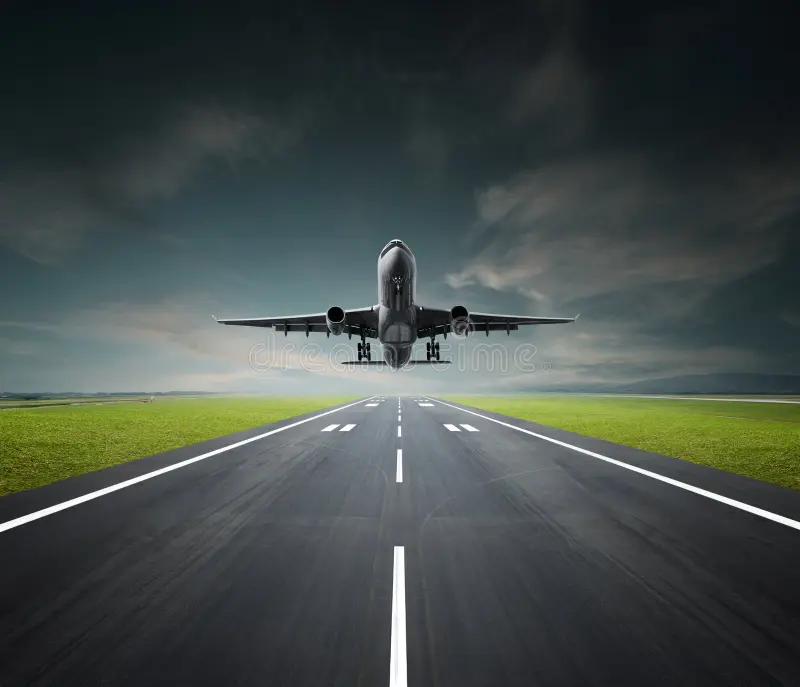The evolution of aircraft design is a testament to human ingenuity and technological advancement. From the pioneering flights of the Wright brothers to the sophisticated jetliners of today, the journey of aircraft design reflects the broader progress in engineering, materials science, and aerodynamics. This article traces the remarkable evolution of aircraft design, highlighting key milestones and innovations that have shaped modern aviation.
### **1. The Dawn of Aviation: The Wright Brothers’ Breakthrough**
**The Wright Flyer**
The story of modern aviation begins with Orville and Wilbur Wright, who achieved the first powered, controlled flight on December 17, 1903. Their aircraft, the Wright Flyer, was a biplane with a wingspan of 40 feet and a 12-horsepower engine. Although it only flew for 12 seconds and covered 120 feet, it marked the beginning of powered aviation.
– **Innovations:** The Wright brothers’ success was due in part to their innovative approach to control. They developed the concept of wing warping to achieve lateral control and used a movable rudder for yaw control. This combination allowed for greater stability and maneuverability.
### **2. The Golden Age of Aviation: Advancements Between the Wars**
**The Advent of Monoplanes**
The 1920s and 1930s saw significant advancements in aircraft design, including the transition from biplanes to monoplanes. The streamlined, single-wing design of monoplanes improved aerodynamics and efficiency.
– **Famous Aircraft:** The Boeing Model 247, introduced in 1933, was one of the first modern airliners with a fully enclosed cabin, retractable landing gear, and a streamlined design. It marked the beginning of the era of commercial aviation.
**Transatlantic Flights**
The pursuit of long-distance flight led to breakthroughs in aircraft design. Charles Lindbergh’s solo transatlantic flight in the Spirit of St. Louis in 1927 demonstrated the potential for long-range travel.
– **Design Enhancements:** The aircraft featured a large fuel capacity and a high-aspect-ratio wing, which allowed for longer flights and more efficient performance.
### **3. The Jet Age: Revolutionizing Air Travel**
**The Introduction of Jet Engines**
The end of World War II ushered in the Jet Age, marked by the introduction of jet engines that dramatically changed aircraft performance and design.
– **De Havilland Comet:** The De Havilland Comet, introduced in 1952, was the world’s first commercial jet airliner. Its design incorporated jet engines, pressurized cabins, and improved aerodynamic features. Despite early challenges, it paved the way for future jetliners.
**Boeing 747: The Jumbo Jet**
In 1970, Boeing introduced the 747, known as the “Jumbo Jet.” This revolutionary aircraft was the first wide-body airliner and featured a distinctive humpbacked fuselage, allowing for greater passenger capacity and longer range.
– **Design Innovations:** The 747’s design included four powerful jet engines, a two-deck configuration, and advanced aerodynamics. It transformed international air travel, making it more accessible and affordable for the masses.
### **4. The Age of Efficiency and Sustainability: Modern Jetliners**
**Advanced Materials and Aerodynamics**
Modern aircraft design focuses on improving fuel efficiency, reducing emissions, and enhancing passenger comfort. Advanced materials, such as composite materials and titanium alloys, are now commonly used to reduce weight and increase durability.
– **Boeing 787 Dreamliner:** The Boeing 787 Dreamliner, introduced in 2011, showcases advanced materials and aerodynamic design. It features a composite fuselage and wings, which contribute to improved fuel efficiency and reduced maintenance costs.
**Next-Generation Jetliners**
The latest advancements in aircraft design include the development of next-generation jetliners with cutting-edge technology.
– **Airbus A350 XWB:** The Airbus A350 XWB, introduced in 2013, features advanced aerodynamics, composite materials, and new-generation engines. It offers enhanced fuel efficiency, quieter operation, and improved passenger comfort.
– **Hybrid and Electric Aircraft:** The future of aviation is exploring hybrid and electric propulsion systems to further reduce environmental impact. Companies are developing experimental aircraft with electric or hybrid engines that promise to revolutionize air travel.
### **5. The Future of Aircraft Design**
**Autonomous and Connected Aircraft**
The future of aircraft design includes the integration of autonomous systems and connectivity.
– **Autonomous Flight:** Research is underway to develop autonomous flight technologies that could reduce the need for human pilots and enhance flight safety. Autonomous systems may also improve efficiency in air traffic management.
– **Connected Aircraft:** Advanced connectivity features, such as in-flight internet and real-time data monitoring, are becoming standard in modern jetliners. These technologies improve passenger experience and enable better aircraft maintenance and performance monitoring.
**Sustainability and Innovation**
Sustainability remains a key focus in the future of aircraft design.
– **Biofuels and Green Technologies:** The aviation industry is exploring the use of biofuels and green technologies to reduce carbon emissions. Researchers are developing new materials and propulsion systems that align with environmental goals.
– **Design Optimization:** Continuous advancements in aerodynamics, propulsion, and materials science will drive the next generation of aircraft design. Innovations in wing shapes, engine efficiency, and noise reduction will contribute to more sustainable and efficient air travel.
### **Conclusion**
The evolution of aircraft design from the Wright brothers’ modest Flyer to the sophisticated jetliners of today reflects the extraordinary progress in aviation technology. Each era has brought new challenges and opportunities, driving innovation and transforming air travel. As the industry continues to evolve, the focus on efficiency, sustainability, and technological advancements will shape the future of aviation. The journey of aircraft design is a testament to human ingenuity and the relentless pursuit of progress, promising an exciting future for air travel.
